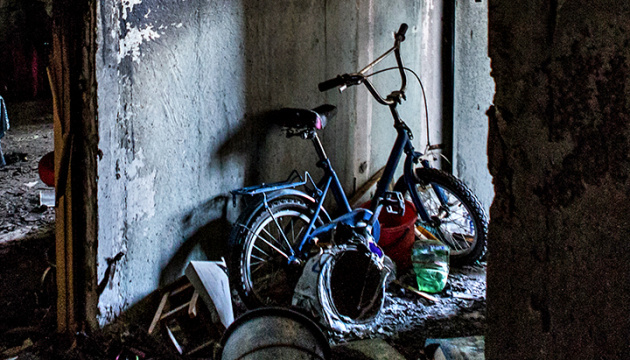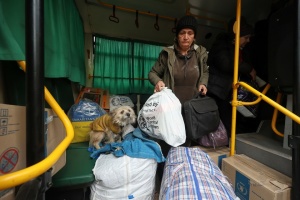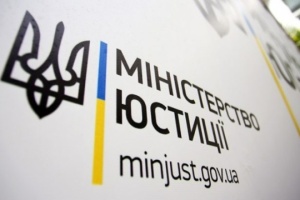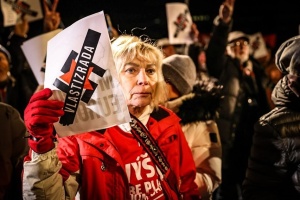
Resilience rate: Ukrainians surveyed on readiness to bear war burden
That’s according to a survey conducted by the Kyiv International Institute of Sociology (KIIS) from December 2 to December 17, 2024.
As sociologists note, since Russia’s full-scale invasion and until February 2024, the situation saw practically no change as nearly 71-73% consistently reaffirmed readiness to endure the war for as long as it takes (while another 2-3% spoke about 12 months). During the same period, 18-21% reported lower resilience (a few months to half a year).
"At the same time, between February and October 2024, we recorded for the first time a decrease in the share of those who are ready to endure war as long as it takes, to 63%. Between early October and December 2024, we also observed a decrease, albeit a slight one, in the share of those who are ready to endure as long as it takes, to 57%," KIIS noted.
According to sociologists, the share of those who talk about a shorter period (several months - half a year) has changed insignificantly: 21% in December versus 18% in early October. That is, the current indicator remains approximately in the same range of 18-21%, which has been recorded since the invasion. In contrast, from 12% to 18%, there have been more of those for whom it is "hard to say" how much longer they are ready to stand strong.
“Thus, between October and December, there was no decrease in Ukraine’s resilience rate but uncertainty went up (which reflects a combination of external factors, such as the elections in the US, and domestic developments),” KIIS emphasizes.
As for the situation by region, between February and early October, the decrease in resilience rates was observed primarily in the south and (especially) the east, but by December there was an “equalization” between regions. Thus the share of those ready to endure war as long as it takes went down from 71% to 57% in the west, and from 70% to 59% in the center. At the same time, in the south and east, the situation even improved somewhat as now 57% in the south and 51% in the east said the same thing (early October, it was 50% and 38%, respectively). As a result, now (in December 2024) the difference between the regions has become much less noticeable (although in the east there are slightly fewer respondents who would to endure as long as necessary, and who expressed higher uncertainty).
KIIS also emphasized that even among respondents with low income (who, accordingly, are quite vulnerable) 51% answered they are ready to endure war as long as it takes. Among respondents with average income, it was 58% of them, and among respondents with high income, it was 70%. Regardless of the level of family wealth, no more than a quarter speak of shorter terms, such as a few months or half a year. “These data show that the willingness to endure war is only partially related to material living conditions and in fact other factors have a greater impact on the margin of safety,” the sociologists conclude.
The Kyiv International Institute of Sociology conducted its own all-Ukrainian public opinion poll, “Omnibus”, to which, on its own initiative, it added a question about how much longer Ukrainians are willing to bear the burden of war. 985 respondents were interviewed using the CATI method based on a random sample of mobile phone numbers in all regions of Ukraine (territory controlled by the Ukrainian government. The survey covered adult (aged 18 and older) citizens of Ukraine who, at the time of the poll, lived in the territory of Ukraine controlled by the Ukrainian government.
Formally, under normal circumstances, the margin of error in such a sample (with a probability of 0.95 and taking into account the 1.3 design effect) did not exceed 4.1% for indicators close to 50%; 3.5% for indicators close to 25%; 2.5% for indicators close to 10%; 1.8% for indicators close to 5%.
In conditions of war, in addition to the stated formal error, a certain systematic deviation is added. In general, KIIS believes that the results obtained retain a high level of representativeness and allow for a fairly reliable analysis of public sentiment.




